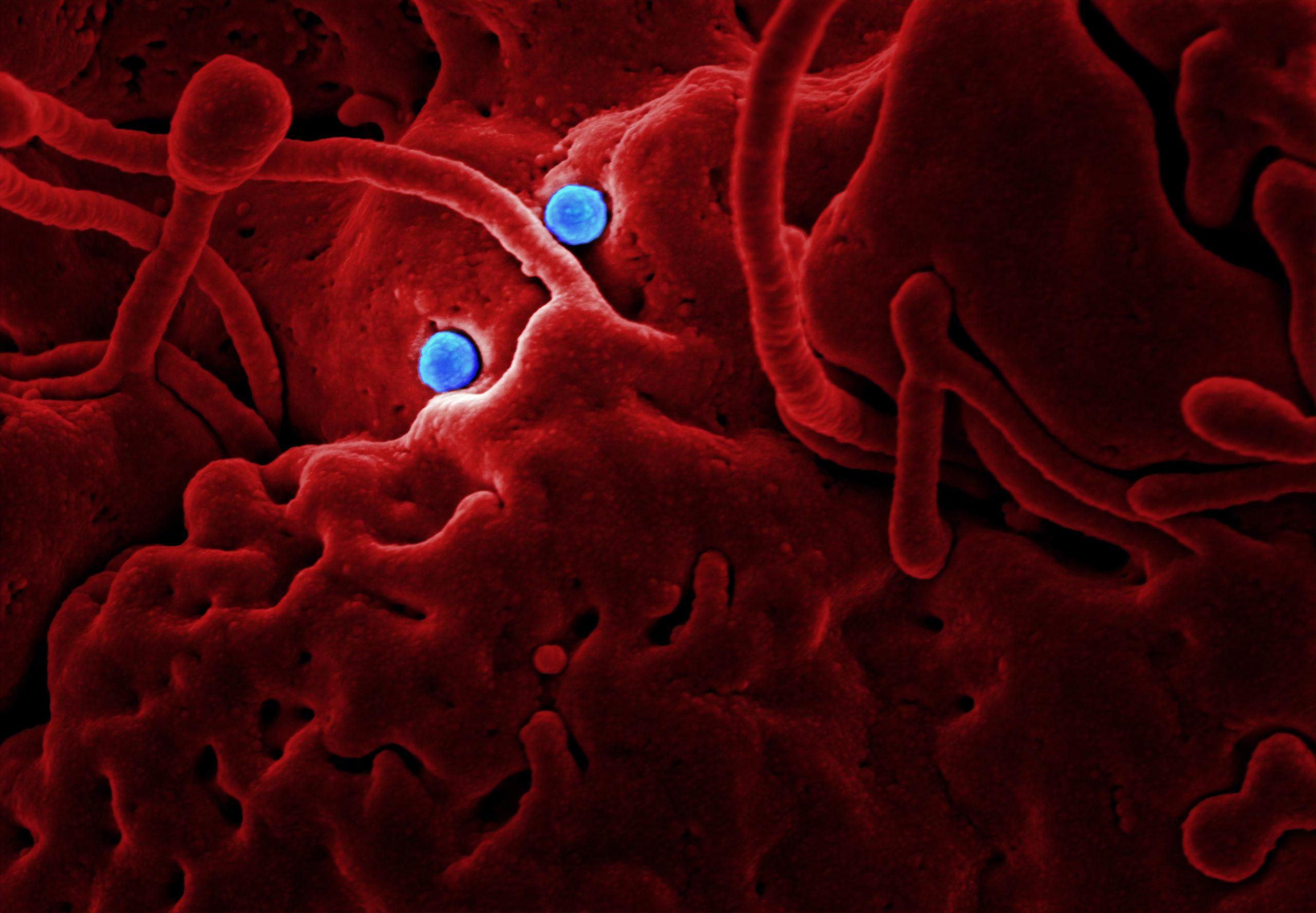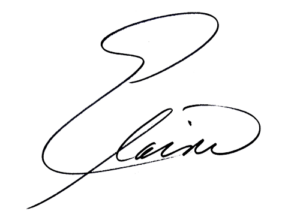“The rise of the mammals may feel like a familiar tale, but there’s a twist you likely don’t know about: If it wasn’t for a virus, it might not have happened at all.” Nova
Since the beginning of 2020 with word that a “novel” coronavirus was circulating among us, our world has been turned upside down.
We’ve locked-down. Masked up. Isolated. Refused family visits. Repeatedly sanitized and deodorized. Even gloved up all with the hope of killing off or at least avoiding this viral preditor.
Despite it all, viruses have not gone away and never will – and that’s a good thing as you’ll discover if you read on . . .
In this post, I’ll paint a slightly different picture than the one you’ve come to believe about the viral organisms that inhabit our world . . . what they are, why they’ve been here billions of years – even before we were, what they do, and the astonishing role they play in our very existence.
Where to start?
“Scientists’ rapidly expanding knowledge makes it clear that we are not made up primarily of “human” cells . . . our body is really a superorganism of cohabitating cells, bacteria, fungi and most numerous of all: viruses. The latest counts indicate that as much as half of all the biological matter in your body is not human.” Scientific American
Let’s start with an expert, Dr. Zack Bush, a physician in internal medicine, endocrinology, and hospice care, whose research and understanding of the viral world is extensive.
They’re ubiquitous!
Our “Virome”, explains Bush, is a massive community of viruses that live in us, on us, and infiltrate every aspect of our natural world, teeming in our oceans, rivers, lakes, air, soil, and in all of us!
They’ve been around longer than we and exist in numbers that are beyond comprehension – more than a quadrillion quadrillion – enough to assign one to every star in the universe 100 million times over. And while we’ve come to think of them as pathogenic invaders, needing to be fought and exterminated, we got this totally wrong!
The community of viruses that live among us play a crucial role in our health, our longevity, and our evolution.
What exactly is a virus anyway?
“Viruses travel freely in the air streams and “get sucked up into the outer atmosphere and then fall out of the sky and scatter across the globe”
Viruses are submicroscopic collections of genetic code (DNA and RNA). You can’t even see them with a microscope. A coronavirus, for instance, is .3 microns in diameter. A human hair measures about 75 microns across. You could fit about 250 of them across the width of a human hair.
They’re not alive. Can’t be “killed” or wiped out with our common killers – antibiotics. They have no fuel of their own. Can’t reproduce in their own structure, nor can they produce their own fuel to propel them.
Most are harmless
While Biologists estimate that as many as 380 trillion viruses are living on and inside your body right now, “ . . . only an infinitesimally small fraction of the viruses that surround us actually pose any threat to humans”, says Dr. Sara Sawyer, virologist, disease ecologist at the University of Colorado Boulder, and recipient of numerous awards for her research in virology.
A study of 8,240 people with no history of chronic illness – i.e. the healthiest among us, uncovered an amazing finding . . . The participants were screened for 94 viruses and they found different known viruses in 42% of them – herpes, hepatitis B, hepatitis C, HIV, papillomavirus, influenza, among others. These are healthy people carrying a viral load that effectively was causing no harm.
Viruses as Essential Evolutionary Tools
“Scientists are discovering that the so-called ‘junk DNA’—a significant portion of which is from symbiotic viruses—is actually a potent force in the evolution of new species.”
Nothing exists in nature without a purpose. The same goes for viruses.
When scientists went about mapping the human genome (Human Genome Project – 1990 – 2003) they discovered that only a tiny portion of our genetic material – about 2% – is the coding for our humaneness. The rest has often been referred to as “junk DNA”.
The “junk” – or at least some of it – is speculated to be viral implants intended to provide the upgrades needed to support our evolution and very survival. For example, our ability to create a placenta and thus give birth to a fully formed little human originated millions of years ago from a viral implant in one of our ancestral primates.
“ . . . An astonishing 30 percent of all protein adaptations (ie – those genetic shifts that allowed us to evolve from monkey to man) since humans’ divergence with chimpanzees have been driven by viruses.”
Viruses as Upgrades to Your Immune System
Many experts also speak of viruses as “upgrades” to the human genome. Think about what generally happens when you come down with a viral infection . . . You get sick – sometimes worse than others – but in the end most recover and the body is stronger and more resilient than before the infection.
The immune system responds, cleans up the mess, and remembers that particular virus so it doesn’t harm you again.
As a child, I had measles, mumps, and chickenpox. Weathered them all and haven’t had them since. You may have experienced the same.
Viruses are nature’s way to strengthen us and help us evolve and avoid extinction.
How to Live With Them . . .
As you can see if you read this far, you’re not gonna avoid viruses any time soon. Nevertheless, there are things you can do to hold them at bay or at least minimize the symptoms if you happen to run into one of the bad ones.
Your best defense is to build a strong offense – your immune system! Here are a few tips . . .
Build a Strong Immune system!
- Check your vitamin D levels – a simple blood test will show you where you are. If your Vitamin D levels are less than 40 nmol/L , supplement. When my levels are too low as they often are with all of us in the Northern Hemisphere, I take 5,000 to 10,000 IUs for a few months and then re-test. The ideal is a minimum of 50.
- Consider adding other supporting essentials: Vitamin C, Quercetin (an antiviral), Zinc, elderberry, ginger, turmeric, NAC (inhibits viral replication)
- Get outside – feet on the ground and sun on the body without sunscreen (in the morning or late afternoon when the sun is less intense is best).
- Breathe fresh air – Time to dump the masks and breathe in fresh air. The more diverse the environment (oceanside, forests, streams, etc), the better. When we expose ourselves to different environments, we attract a more diverse community of microbes that jump on and ride along with us. The more diverse your microbial buddies, the stronger you will be.
- 7-9 hours of sleep each night – I know this is difficult for many of us – blame the news, electronics, toxins . . . you name it. There are many things that disrupt our sleep. A couple tips: Start to bed earlier – by 10:00 is best. Give youself at least 3 hours between your last meal and sleep time. Turn off the screens after dinner. Consider adding a magnesium supplement.
- You time/Calm time – For this one, I’ve had to shut down the news often – sometimes for days on end. You may want to do the same.
Take a little time for yourself to quiet down, take a casual walk, relax, nap, meditate . . . anything to slow down and give your body a break from the frenzy of life. - Laugh often – Belly laughing is best – Laughter is your best medicines. Laugh often. Live longer. Here’s more on that . . .
With love ♥
PS – I’m not a biologist, virologist, or any sort of scientist. I’m a health and functional medicine coach with a deep curiosity of the body and how it all works. I have come understand and respect the deep connection we all hold with the natural world. We are part of a flawless, intricate ecosystem which supports and nurtures us – that is until we disrupt its rhythm and natural ways. The same holds true for the human body. It is resilient and has healing powers beyond anything imaginable but has been badly dislocated by the culture in which we live. To reclaim our health and longevity, we must return to the natural world and the healing power that exists within.
Resources:
https://www.nature.com/articles/s41579-021-00536-5
https://www.genome.gov/genetics-glossary/Virus
https://www.pbs.org/wgbh/nova/article/endogenous-retroviruses/
https://www.youtube.com/watch?v=pJxjdGtuEs4


Leave A Comment